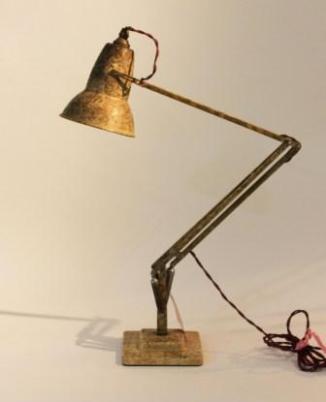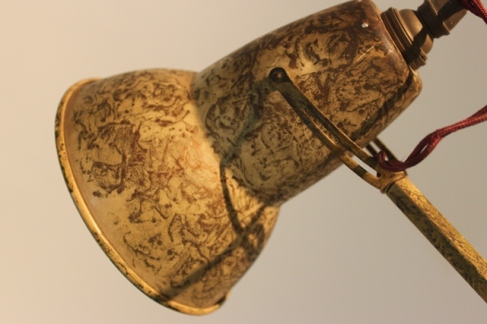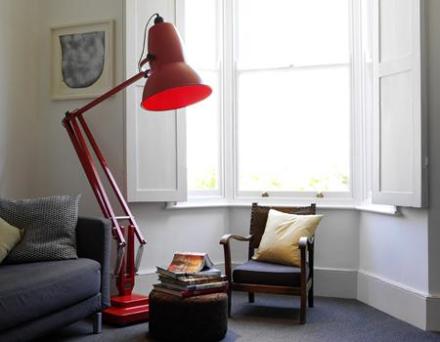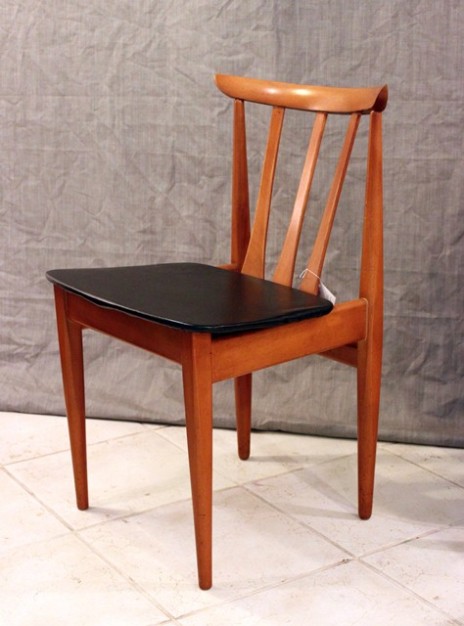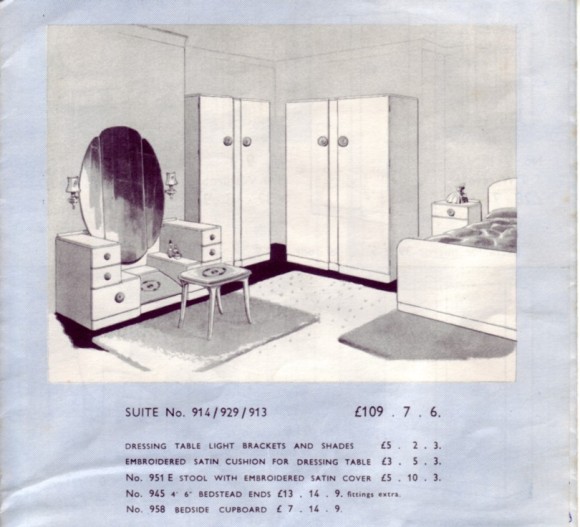For the past few days, for some reason, I’ve devoted this blog to British stuff: Elliott’s chairs, Salvage Hunters (Drew is British) and finally the one and only Anglepoise!
The first “Anglepoise “ was designed by the British automotive engineer George Carwardine (1887-1948) in 1932 and manufactured by Herbert Terry & Sons from 1934. In 1935, the original model was modified for domestic setting to the one now known as Model No. 1227.
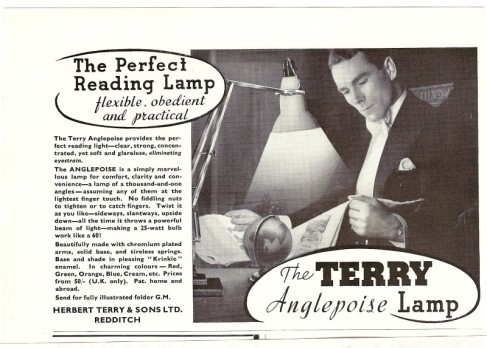
As a herald of task lighting, Anglepoise embodies the innovative concept of balancing weights with springs, cranks and levers. The constant-tension principle of human limbs applied to the basic structure of the lamp allows flexible repositioning and as a result the light remains highly stable and holds any position. It can literally afford almost all position in 3 dimensional space! The shade concentrates the beam on specific points without causing dazzle. This focused beam enables the lamp to consume less electricity, and thanks to this feature it was advertised as the best lamp for black outs during the war time. (A funny side note: it uses a French bayonet mount and bulb and I happened to get 4-5 of them from my last trip to Switzerland before I acquired Anglepoise. I am proudly saying that I am probably the only one in Korea who has the largest possession of bayonets.)
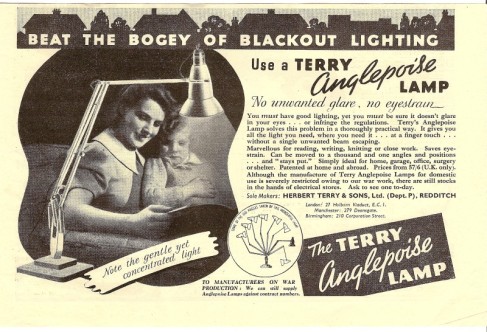
Celebrating Anglepoise’s 75th anniversary Terry & Sons reissued the original design of Model No. 1227 in 2009 and it was honored by being placed on a Royal Mail Stamp commemorating British Design classics. I’ve never been into stamp collecting but would love to get my hands on one of those design stamps.
In fact, my first encounter with Anglepoise was with its new model: Giant 1227. Yes, it is gigantic!
Although it is cute (well, big but cute) my heart still falls for the original Anglepoise for the creativity, ingenuity and human scale. But nonetheless congrats on the second wind of Anglepoise!
